Spray Gunite: 9 FAQs You Should Know
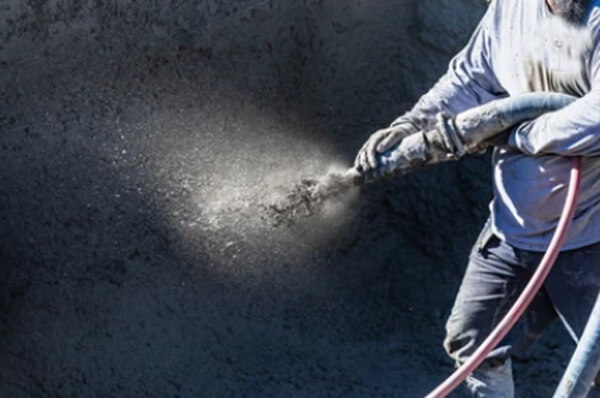
One way of sprayed concrete is through dry mixture which is commonly known as dry-gun method or “gunite method.”
This gunite method involves the dry mixture that forms a concrete which are the cement and the aggregate, the water will be later added, through spray, after.
The process used in gunite concrete is also through a shotcrete but with atomized spray that dispenses the water concrete. The dry mixture of concrete is being fed into the machine and is pressurized with high velocity airstream that will be conveyed on the hose to the spraying nozzle.
In the spraying nozzle area, the atomized spray arrangement of water is found for the purpose of hydrating the cement mixture.
This way, the operator can control the water content of the concrete mixture without the need of admixtures.
Contents
Why Spray Gunite

Sprayed concrete is one of the advance way of concrete application. One of the concrete spraying method is the gunite method.
Gunite method is mostly used by the majority. Why use gunite method over the other? Gunite method has its advantages, one of which is its versatility. Gunite application allows you to play with your desired shape and size within your existing space.
This will give you space for creativity as you can customize your gunite plaster finish. Another is, gunite application is an easier way of concrete spraying. The quality of your application depends on the controlled amount of water which can harden quickly.
With that being said, because you are only spraying the dry mixture, time is in your control. Gunite application gives you the flexibility during the application. Whether you continuously do the gunite method or continue it the next day, there can be no problem.
Gunite application is dispense in a great pressure which allows the bonding between the old and the new concrete. But despite that, the durability is top notch.
How To Spray Gunite
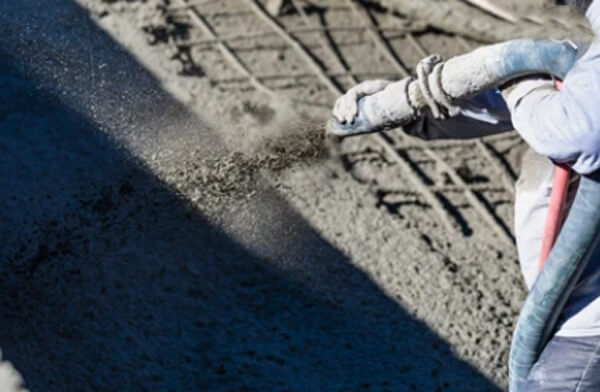
The method of application for gunite is not far from the wet-sprayed, the only difference they have is the type of mixture being fed to the machine.
For gunite, the dry mixture is being placed in a shotcrete and are pressurized through the hose, exiting to the nozzle. Once the dry mixture hit the surface, it will be then applied with water content, enough for it to bond with the surface.
For concrete, it can arrive on-site which is the ready mix concrete or for smaller construction site which can be mixed on-site with ratio depending on the compressive strength of the concrete.
The gunite should remain moist for at least a week after it is applied into the surface. The need for it to be moisten is to have a better compressive strength as it cures which results to a better quality of the application.
When the gunite is not watered consistently during the curing period, the strength will deteriorate which will result to lesser structural integrity of the surface. After it has cured, it is important to seal the surface because concrete can be porous.
The pores will be prone with water penetration which will lead to leak of structural integrity deterioration.
How Long Does It Take To Spray Gunite A Pool
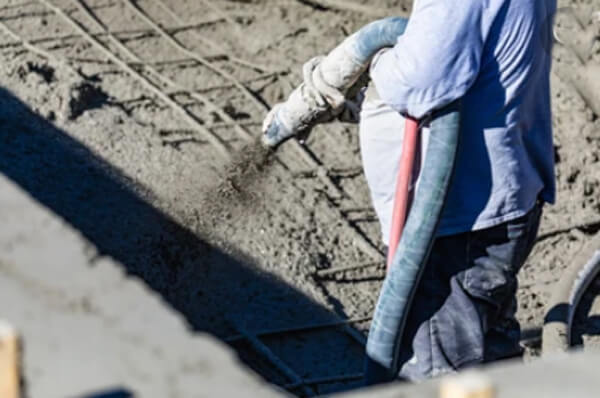
Considering that the initial process are done like the excavation, rebar cutting and installation and laying out of plumbing system, spraying gunite is up next.
Depending on the area, it usually take at least 3 days up to a week to finish spraying gunite. During the spraying gunite, the consistency of thickness should be considered and must be done layer over layer to achieve the right thickness.
It takes at least four weeks for the gunite to cure. Allow the concrete to properly bond together, be hydrated and achieve the designed compressive strength to be able to support the load of the pool. To properly moisten the gunite during its curing period, use a water hose or a water nozzle.
It is recommended that during the water spraying, you should start at the shallow end portion of your structure, example the pool, working your way to the end portion of the structure. To know how long you need to spray water, the color of concrete should be your indication whether it needs to be watered more or not. Avoid walking into the gunite surface unless cured.
After it has cured, the plastering, tiling works and other process will begin to finish the pool job.
Can You Spray Gunite In The Rain
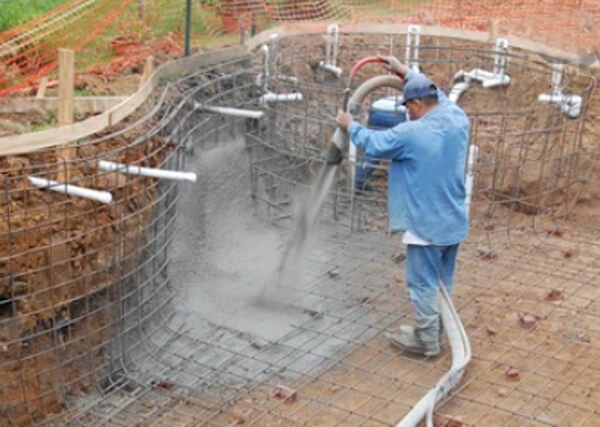
It is inconvenient to spray gunite during rain, especially heavy rain. The weather condition can interrupt the application and can be very challenging for the crew.
But it is still possible, if unavoidable, to spray gunite during the rain by considering putting over a tent on the area of application. It should also be known that the gunite application during the rain is challenging and can take even longer than usual, considering that the weather is not ideal for the curing and that the intensity of rainwater ca affect the application.
Can Gunite Be Sprayed On Existing Concrete Patio
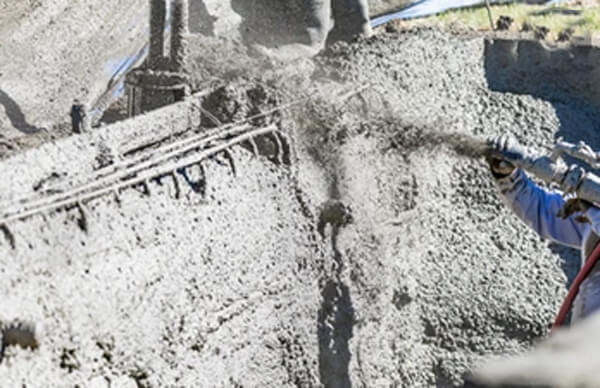
Gunite can be sprayed in exisiting concrete patio, especially for repair. The sprayed concrete, with great pressure through the nozzle, will create an impact enough to bond with the existing surface or the area to be repaired.
Aside from existing concrete patio, gunite application can be used for slope stabilization, tunnel construction, retention walls, dikes and dams, pools and tanks, mining construction and other structural reinforcement.
Does Gunite Have To Be Dry Before Spraying Pebble Finish
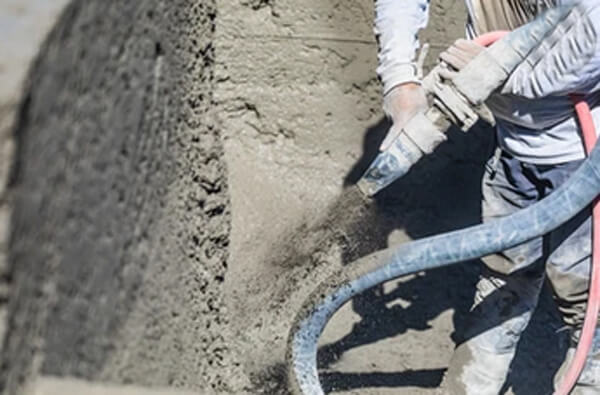
Finishes should be done once the gunite has cured or on the last stage of curing. During this phase, remove the debris and may even have some rough surface which needs to be rectified during this phase.
Cracks may also be visible which needs to be fixed by professional. Plastering can be done to smoothen the gunite surface.
Do not forget to waterproof your pool to have it watertight and will not result to damages on your structural stability. Finishes, like pebbles or tiles shall be done once it has cured. Adding this finishes can even add to the longevity of your application.
How Much Does It Cost To Spray Gunite
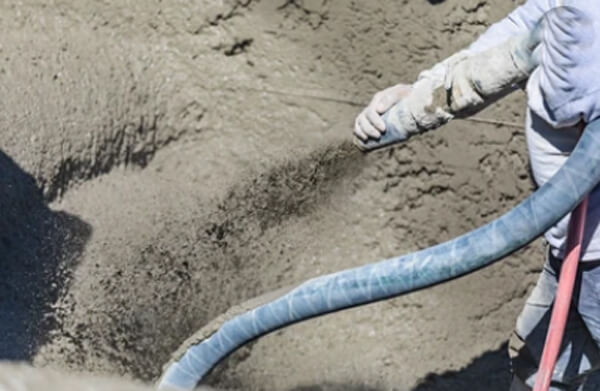
Many of the pools that have used gunite application last for hundred years and the pool builder even gives a lifetime warranty which attest the high quality of the application and material.
With this gunite is an investment in terms of the application. With this the cost will consider not just the area and volume of application but also the material and finish type, special needs and the labor rate on your area.
The average cost can be from $30,000 up to a hundred dollars or more which will be a high-end pool.
Is It Ok For Spray Bubbles In Gunite
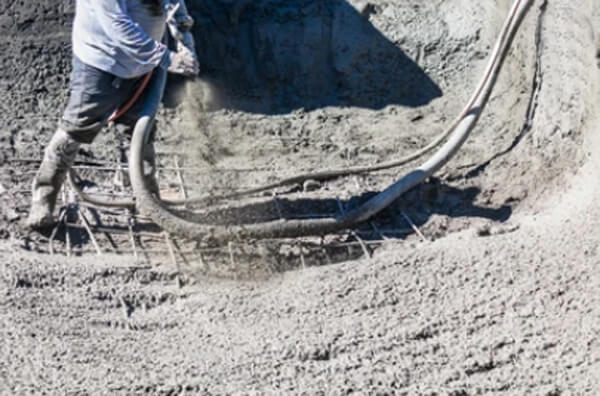
There are different finishes can be done over a gunite application. There can be just plaster finish which is popularly used.
Another can be glass beading which gives a shimmering look on your pool. Tiles can also be used over your gunite application which may take some time to install considering that there should not be any hollow so not to allow the tiles to pop-up with the presence of water.
Lastly, aggregates which gives a natural look and can last longer too!
The most important thing that you should considering before applying anything over your gunite application is it should have cured to achieve the designed strength to be able to carry the load of your pool.
What Should Gunite Look Like After Sprayed
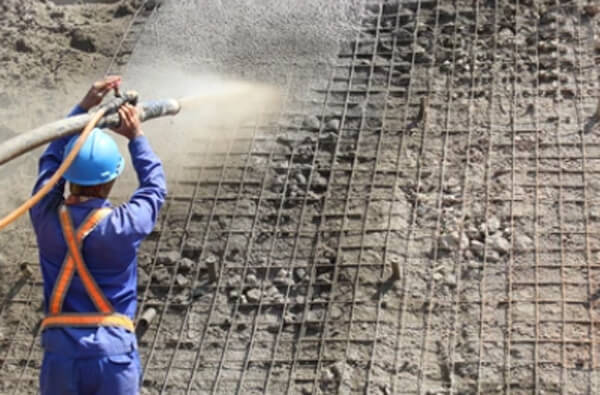
After the gunite has cured, there can be rough or uneven surface that can be seen. There can also be visible cracks on your finished surface that needs to repair.
After it has cured, plastering should be done to finish the surface. This will give your surface a smoother finish, ready for the next phase to be done.
Conclusion
Gunite application is worth it because of its versatility, beauty and durability. You will enjoy your structure, especially your pool, knowing in mind that you are safe and have enjoyed every moment.
It has higher compressive strength, gunite can last longer compared to other concrete application. Gunite can last for more or less hundred years considering that the application is being done with an experience shotcrete operator and that the materials are of high-quality.
The shotcrete should be able to know the requirements laid down by the engineer or test panel. These rules should be followed:
(1) Proper cleaning of the surface before spraying
(2) Able to apply bonding coating before heavier shotcrete application
(3) Proper distance of the nozzle and the surface to achieve the right consistency and thickness of the shotcrete layer
(4) Lessen the bulging, air pockets, sagging and rebounds
(5) Lastly, clean the equipment immediately after application to prevent accumulation of the materials in the pump, hose and nozzle which will after the succeeding application.
After the application is done, repair and maintenance should be next for consideration. This does not mean that gunite application can be easily damaged but to longer the life of gunite application, maintenance should always be done.
Plaster may deteriorate over time and changes in weather which may need to reapply plaster and repair cracks.
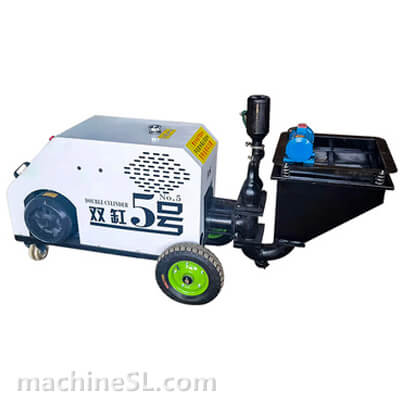
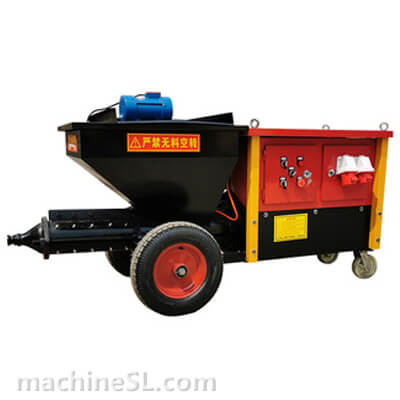
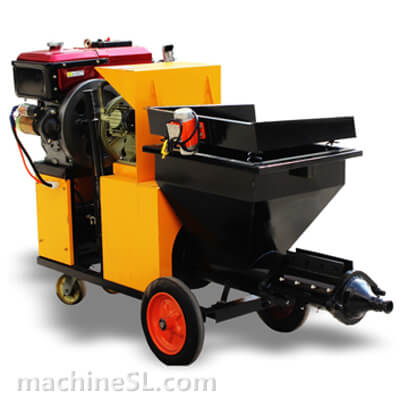
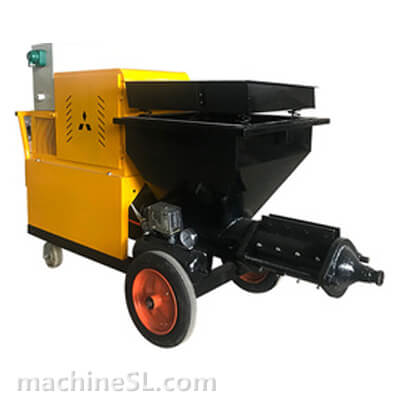
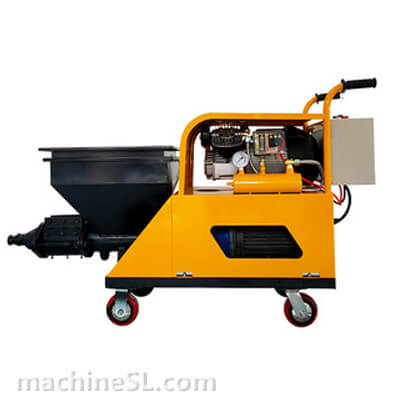
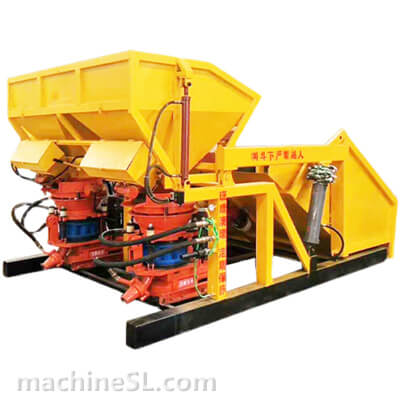
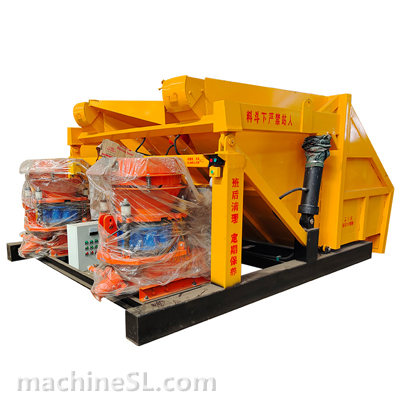
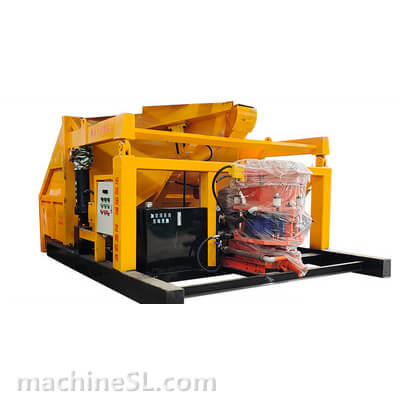
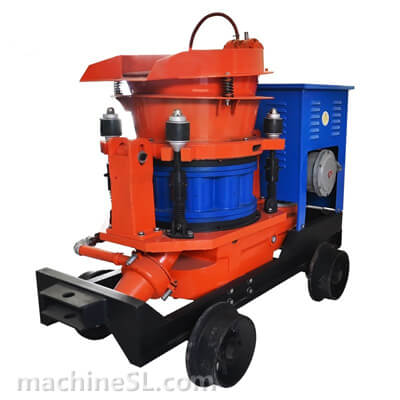
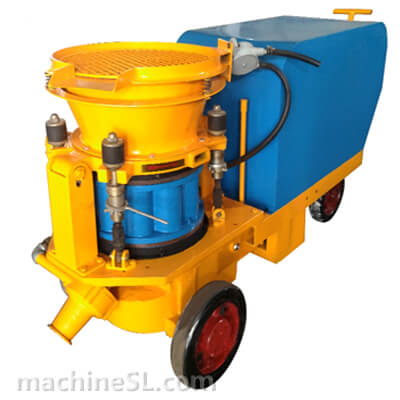
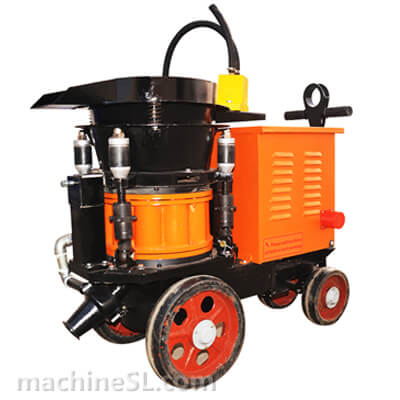
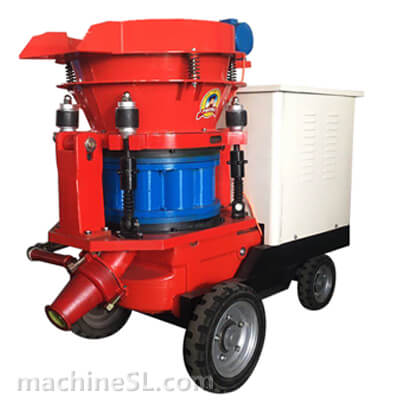
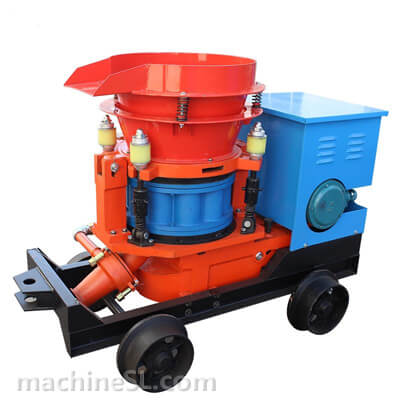
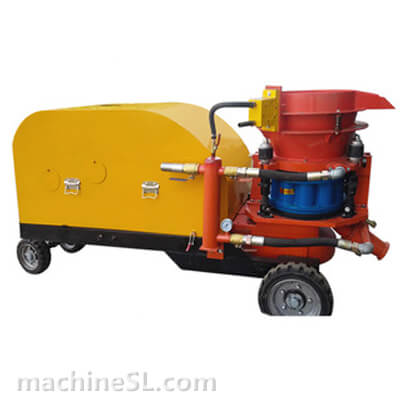
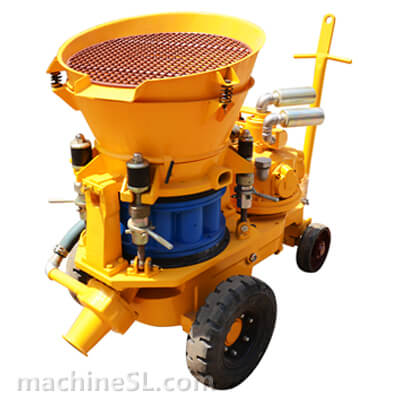
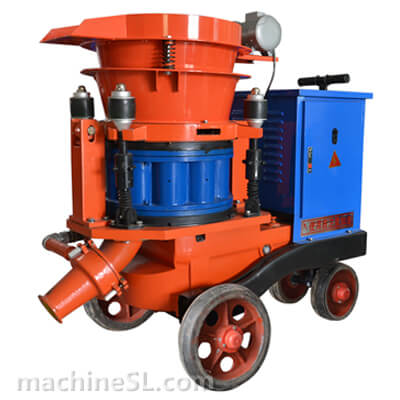
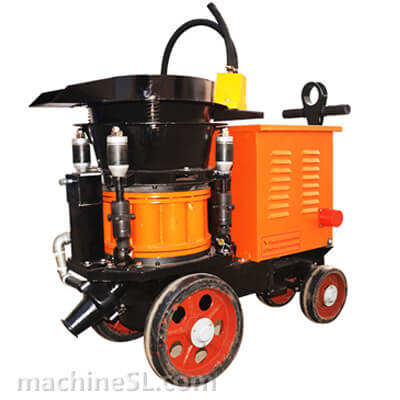
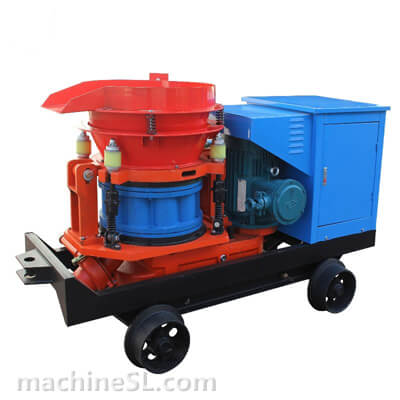
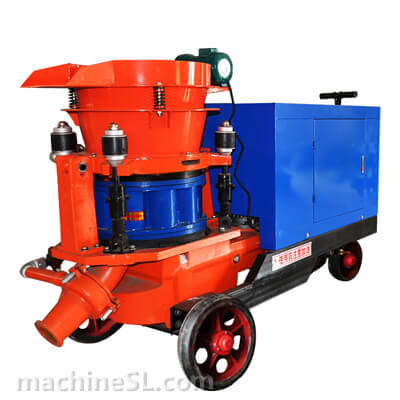
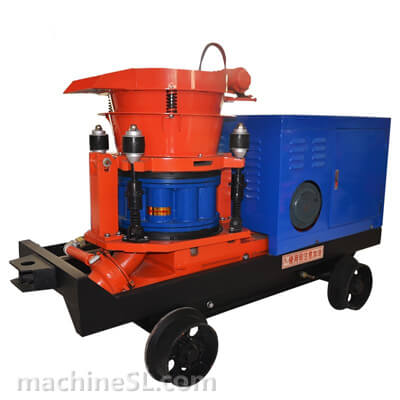
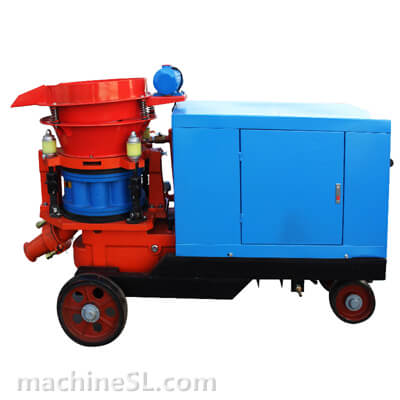
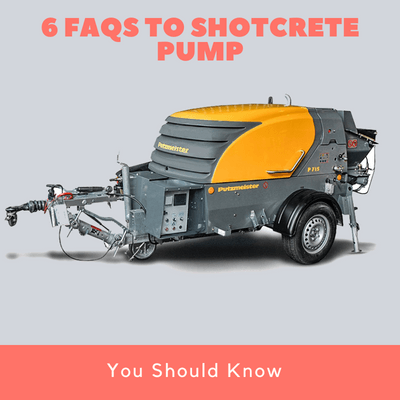

Leave A Comment